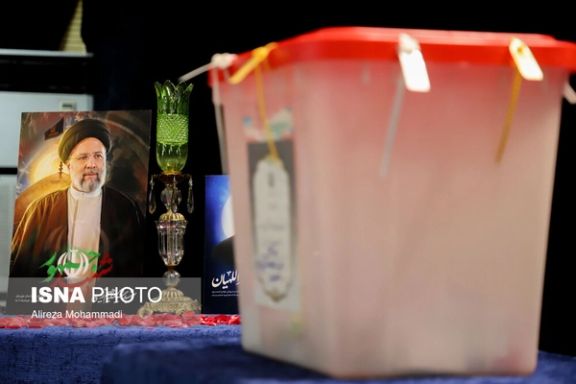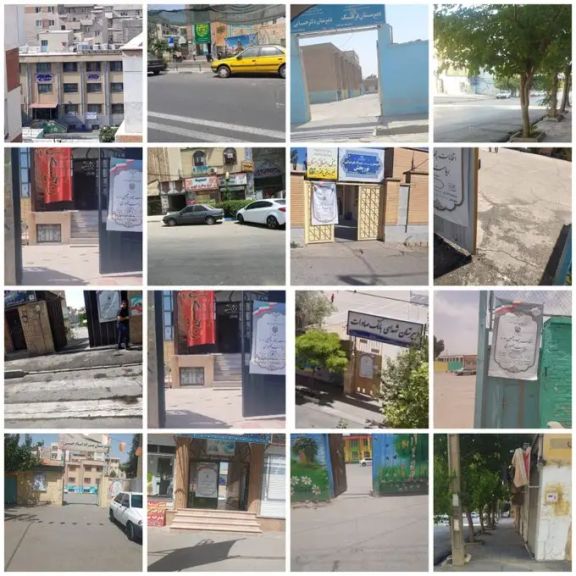Doubts cast over Iran’s voter turnout in presidential election runoff

The official results of Iran’s presidential election runoff have been announced, yet doubts have emerged regarding the veracity of the figures.

The official results of Iran’s presidential election runoff have been announced, yet doubts have emerged regarding the veracity of the figures.
According to the final vote count announced by Iran's Interior Ministry, 49.8 percent of eligible voters cast their ballots. Out of the 30,530,157 ballots cast on Friday, Masoud Pezeshkian secured 16,384,403 votes (53.6%), while Saeed Jalili received 13,538,179 votes (44.3%). Additionally, 607,575 votes were deemed invalid, representing 2% of the total.
However, observers have voiced their skepticism about the figures, one of the primary concerns being the significant reduction in invalid votes, despite an increase in voter turnout.
In the first round, the number of invalid votes was reported to be about 1.06 million. However, in the runoff, this figure nearly halved to approximately 607,000, a difference of around 448,000 votes.
Iran International TV Journalist and political commentator Ali Hossein Ghazizadeh highlighted on X the improbability of over 6 million votes being cast in the final four hours of voting. He noted, "This number is not only unprecedented but also practically impossible."
He explained that rural polling stations and those in small towns typically close before 10pm, and even in large cities, late-hour crowds are only seen at major polling stations. Peripheral areas experience virtually no crowds, making it practically impossible to collect such a high number of votes in the final hours.
Iran International Journalist Shahed Alavi also pointed out "strange examples" of possible electoral number manipulation, citing specific time intervals with unusually high vote counts:
"Vote statistics are released hourly, and every 15 minutes in the afternoon from the Ministry of Interior. A detailed review of the numbers, the disproportionate increases, and reports of empty polling stations suggest extensive number manipulation by the Election Headquarters to satisfy Ali Khamenei," wrote Alavi on X.
For the first time, unlike in any previous presidential elections, Supreme Leader Ali Khamenei remained conspicuously silent after last week's low turnout for the snap elections until Wednesday.

When he finally spoke, he did not refer to the election as "an epic," a term he typically uses. Instead, he acknowledged that the turnout was "less than expected" and expressed hope that the runoff would show better results.
Indeed, while the turnout is higher, it is not excessively so. The figures for Masoud Pezeshkian are not overly high, which could signal to the reformist faction to stay in line, as Khamenei’s hardliner insiders desire, Alavi pointed out.
They view the reformists as a faction they oppose. Additionally, the narrow margin between hardliner Jalili and reformist Pezeshkian ensures that both factions remain aware of each other's presence. In previous elections, the difference between the winner and the runner-up was typically much larger.
Iranians opposed to the Islamic Republic widely expressed skepticism on social media about the higher runoff results. Many also sent voice messages to Iran International expressing doubts that one out of two people voted on Friday. In the absence of independent courts, civic organizations and media in Iran, it is almost impossible to vouch for any government numbers, whether election results or economic data.